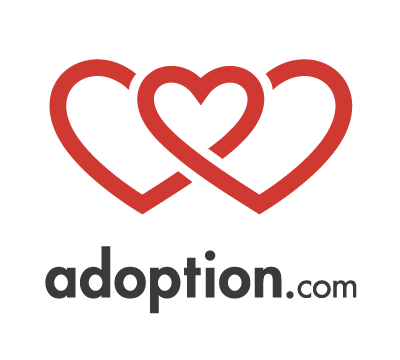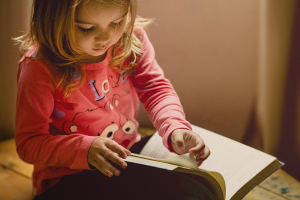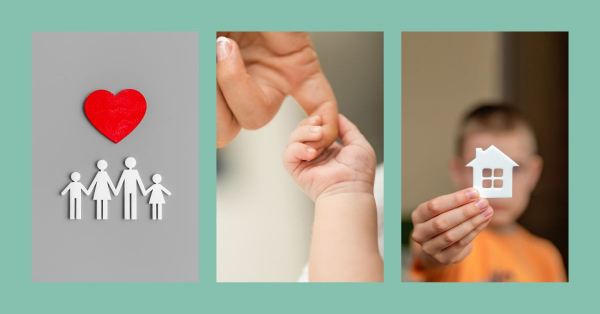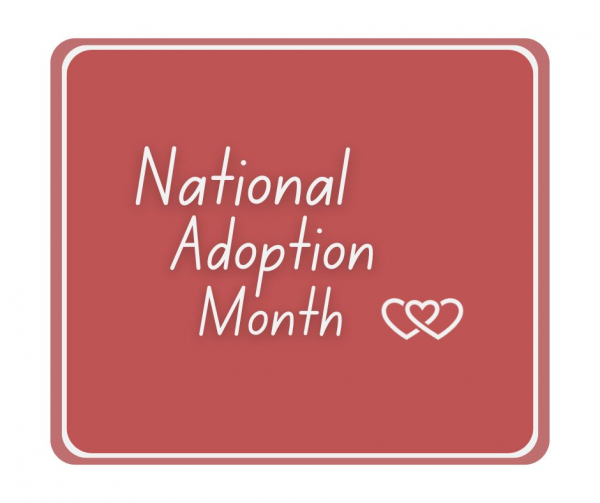How To Explain Adoption To Your Children
Adoption, while a beautiful way to make a family, can be difficult for kids to understand. I will always remember my friend’s story about a discussion she had with her 5-year-old about potentially adopting. She was confident she had explained it well, and was pleased that her boy was excited about the prospect of a new brother or sister. That is until he asked “Okay so when do we get our new sister? I want Annabelle.” (Annabelle was a girl in his Sunday school class. A little girl that was very much not going to be adopted.) My friend’s son, it turned out, though you could just pick any kid you wanted to adopt and make them your family. It was indescribably cute. However, my friend realized she had missed the mark on explaining adoption somehow.
In trying to make conversations kid-friendly, I find that sometimes we lean too hard on the idea that we need to eliminate the difficult stuff from the conversation. If I’m honest, sometimes the questions my kids have made me squirm. They are curious about all aspects of a thing, not just the ones I want to talk about. Unfortunately, when I leave a gap they are more likely to fill in the blank with whatever their imagination can come up with. Sometimes that’s harmless. Other times it creates more confusion. When discussing adoption, my friend had said that they would adopt a child from another family. She didn’t discuss why that might happen. She didn’t explain that sometimes parents can’t care for their children so they look for other parents to take care of them.
Explaining adoption can be confusing especially because not every adoption is the same. However, it can be done. The way we explained adoption to our adopted kids was like this.
We have pictures from adoption day on our walls and mantle. Our older kids remember being with their biological families and coming to us as foster children. Adoption isn’t complicated for them. They were there and had input on the day. My little ones, well, I explained they were adopted long before they could understand what that meant. That led to its own trouble. My 4-year-old was very concerned that no one had adopted my little sister. I realized I had made adoption so normal to her that someone who was not adopted was strange and probably very sad. So we have modified the conversations since then.
The most important part of explaining adoption to our kids has been making it a normal thing that we are thankful for. We don’t shy away from questions about birth families and foster care. This is not to say I don’t want to change the subject when my girls ask hard questions. It just means I’m as honest as is age-appropriate.
Explain that many people are adopted.
Give examples that will connect with them. For our girls, it was two olympiads who were adopted sisters on the women’s ice hockey team. At the time our girls were very into ice hockey so it was special for them to share something with the adopted older women.
Have a kid-friendly explanation of why adoption might occur.
Some adoptions are decided on from the first day the birth mother learned she was expecting. Other adoptions happen because of abuse, neglect, or abandonment. For our children, we explained that sad choices made it so our kids’ biological families couldn’t keep them. When pressed for an explanation of what that meant, we said they didn’t get enough food, and were treated unkindly. While that worked for a while, eventually we had to elaborate further. I hadn’t realized that my girls would assume they would be taken from me because they couldn’t find socks to wear in the morning. This will be an ever-evolving conversation, but we did have to explain what starvation meant and had a serious conversation about what neglect really was.
Allow them to ask questions, and be prepared with answers.
If you can’t think of an answer right away, make sure they know you are going to look the answer up and get back to them asap. Google is your friend here. My kids’ big questions revolved around why they weren’t adopted sooner. It was difficult to explain, but I’m glad I took the time to do so.
Normalize the idea that families are formed in many different ways. Some kids live with extended family, some live in foster care, are adopted, or have two same-sex parents. That’s just life.
Read a book to the child about foster care and adoption.
This can be a great way to start the conversation. I enjoyed Porcupette Finds a Family by Vanita Oelschlager. The story was cute and very good at explaining foster care and adoption in a child-friendly way. The edition we read had questions to ask at the end that furthered the conversation.
For older children and teens, I suggest A Child Called It. While a difficult read that should be discussed at length with an adult, it paints a picture of the circumstances one would need to be in for foster care intervention.
If the adoption in question is one of a classmate’s, ask the parents what they are comfortable sharing with your child. Sometimes kids ask awkward questions such as “why are you brown and your mom is white?” not trying to be rude. They can still be hurtful despite no intention to be. Make sure that whatever you share with your child is something the adoptive family is comfortable with another child knowing.
Make sure your child knows you are open to discussion.
I don’t want my kids to think since we had one conversation that the whole topic is off-limits now. I want them to ask questions and get answers. Why? I don’t want them getting bad information from peers. I know from first-hand experience that peers are not a reliable source for good information on taboo topics.









